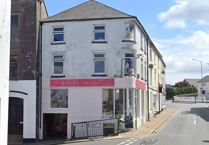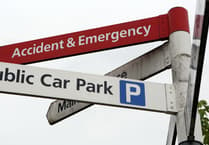PLANS to air the dark past of Tavistock’s greatest hero in public will go ahead despite the scheme being given a broadside by objectors from all over the country.
A town council-backed interpretation board which commemorates the smashing of the Spanish Armada off Plymouth Hoe in 1588 by Tavistock-born Sir Francis Drake will also reveal the Elizabethan buccaneer’s career in the slave trade.
It will be placed opposite Drake’s imposing statue on the Plymouth Road roundabout after town councillors received planning permission to have it installed.
The plan to include the less savoury episodes in Drake’s life for public gaze was effectively the product of the Black Lives Matter movement, heightened by the tragic death of George Floyd, who was killed by a police officer in the United States.
Across the country, there were calls for statues and monuments of historical personalities involved in slavery to be torn down, with Drake’s being one of the targets.
Rather than do that, town councillors came up with a compromise solution of providing an interpretation board near the statue explaining that while Drake was largely responsible for saving England from invasion in the 16th century, he also dabbled in the slave trade.
But even that idea has not gone down well with Drake supporters around the country. Nearly 90 of them objected to the interpretation board when it went before planning authority West Devon Borough Council.
Some of the objections, from as far away as Manchester and London, centred on the possibility of the board being a distraction to drivers. But others said it was wrong to judge Drake by the ‘woke’ standards of today.
A typical comment, from David Burke from Hampshire, said: ‘To pretend we can judge the behaviour of others 400 years ago is not reasonable.’
Borough councillors did not feel, however, that the plan needed to go before a committee and was passed under delegated authority.
Ward member Andy Coulson said the content of the sign is for the town council or community to decide and added: ‘Interestingly, when the town council launched a survey to garner views as to what it should say there was extremely limited response from anybody, whether in support or against.’



